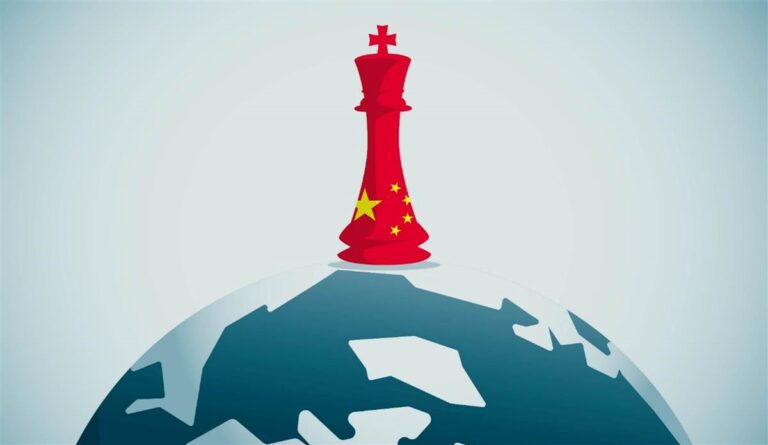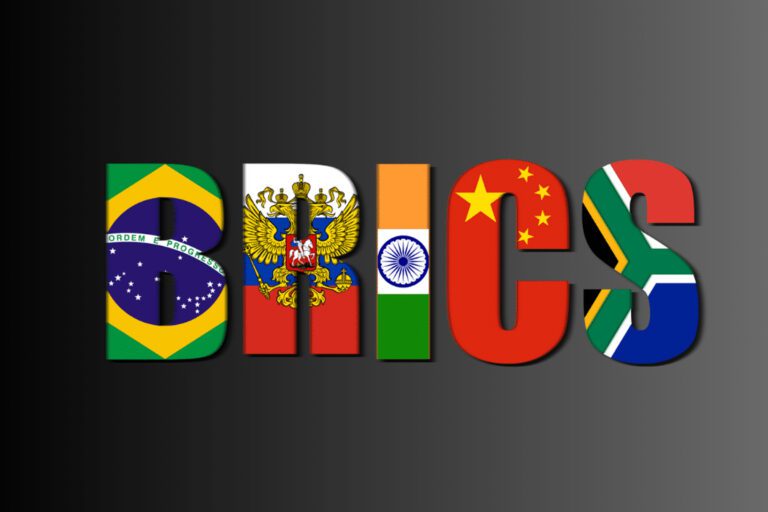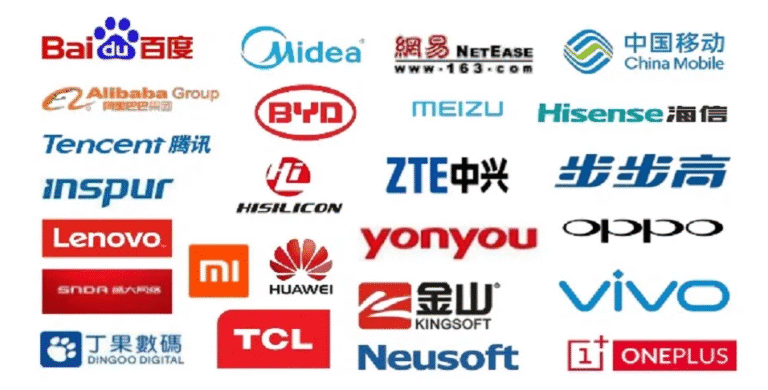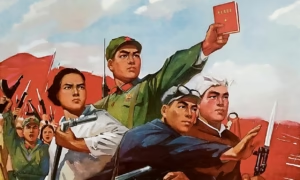China Foreign Policy: Principles, Strategy, and Global Role
China’s foreign policy is a defining force in global politics, shaped by a mix of historical legacies, economic interests, national security priorities, and the strategic vision of its leadership. As the world’s second-largest economy and a permanent member of the United Nations Security Council, China’s foreign policy affects international trade, diplomacy, and security across all continents.
In this article, we explore the foundations, evolution, key policies, and global implications of China’s foreign policy, including how it shapes international relations today.

Historical Foundations of China’s Foreign Policy
China’s approach to foreign relations has been deeply shaped by its history. For centuries, imperial China viewed itself as the “Middle Kingdom,” the cultural and political center of the world. After suffering humiliation during the “Century of Humiliation” (1839–1949), when China was colonized and divided by foreign powers, modern leaders have been determined to restore national sovereignty, dignity, and influence.
Since the founding of the People’s Republic of China (PRC) in 1949, its foreign policy has evolved from isolationism to global engagement. Under Mao Zedong, China aligned with the Soviet Union before diverging in the 1960s. After economic reforms by Deng Xiaoping, China pursued a “low-profile” foreign policy that emphasized economic development and non-interference.
Core Principles of China’s Foreign Policy
China’s foreign policy is guided by several longstanding principles, often emphasized in speeches by government officials and documents from the Ministry of Foreign Affairs:
Peaceful coexistence: Respect for sovereignty, territorial integrity, and non-interference in internal affairs.
Mutual benefit and win-win cooperation: Seeking partnerships that serve the interests of both China and its international partners.
Non-alignment: Avoiding formal alliances that could entangle China in external conflicts.
Multilateralism: Supporting the role of the United Nations and global institutions while promoting reforms to make them more representative.
These principles are often framed as alternatives to Western interventionist policies, positioning China as a more neutral, development-oriented global actor.
China’s Diplomatic Strategy in the 21st Century
Under President Xi Jinping, China has taken a more assertive and globally engaged foreign policy stance. This shift includes:

1. Belt and Road Initiative (BRI)
China’s signature foreign policy project, the Belt and Road Initiative, involves infrastructure investments across Asia, Africa, and Europe to improve global trade and connectivity. (Read our full article on the Belt and Road Initiative).
2. Great Power Diplomacy

3. Regional Influence
China aims to shape regional dynamics, especially in East Asia and the South China Sea, where it asserts territorial claims. This has led to friction with countries like Vietnam, the Philippines, and the U.S., especially concerning freedom of navigation and military presence.
4. “Wolf Warrior” Diplomacy
In recent years, Chinese diplomats have taken a more confrontational tone in defending China’s interests abroad. This so-called “Wolf Warrior” diplomacy (named after a nationalist action film) reflects a more nationalistic approach, particularly on issues like Taiwan, Hong Kong, and human rights.
Key Bilateral and Multilateral Relationships
China–United States Relations
The U.S.–China relationship is the most important and complex bilateral relationship in the world today. While deeply interconnected economically, the two countries are increasingly rivals in areas such as technology, military strategy, and ideology.
Topics of tension include:
Taiwan policy
South China Sea militarization
Human rights in Xinjiang and Hong Kong

China and the Global South
China has expanded its influence in Africa, Latin America, and Southeast Asia by offering loans, aid, and infrastructure investments without imposing political conditions. This approach appeals to many developing nations and challenges the traditional dominance of Western institutions like the World Bank.
Relations with Russia
China and Russia share a strategic partnership based on mutual distrust of Western dominance. They collaborate on energy, military exercises, and international institutions. However, their relationship is pragmatic rather than ideological.
For example, during the Ukraine conflict, China has maintained a neutral stance publicly, while calling for peace and opposing Western sanctions.

China’s Foreign Policy on Key Global Issues
Climate Change
China plays a crucial role in global climate negotiations as the world’s largest carbon emitter and a leader in renewable energy. It has pledged to reach carbon neutrality by 2060, although critics question the pace of its transition from coal.
China is also a participant in the Paris Climate Agreement, and actively promotes green development within its Belt and Road projects — though with varying results.
Global Health
During the COVID-19 pandemic, China practiced “vaccine diplomacy” by supplying vaccines to dozens of countries. It also engaged with the World Health Organization (WHO), though transparency around the virus’s origins has drawn international scrutiny.
Technology and Cybersecurity
Technology and innovation have become central pillars of China’s foreign policy and global strategy. As part of its ambition to become a global leader in science and technology, China is making significant investments in key sectors such as artificial intelligence (AI), 5G networks, semiconductors, quantum computing, and green technology.
Leading Chinese firms like Huawei, ZTE, Alibaba Cloud, and BYD are playing key roles in this global expansion. Their involvement in building telecommunications infrastructure, promoting e-commerce, and advancing electric vehicle technology demonstrates how Chinese innovation is shaping global digital and industrial ecosystems.

Criticism and Challenges
China’s foreign policy, while praised by some for promoting development and stability, has also been criticized for:
Debt diplomacy: Allegedly trapping smaller nations in unsustainable debt through infrastructure loans (e.g., Sri Lanka’s Hambantota Port).
Lack of transparency: In trade agreements and aid terms.
Authoritarian alignment: Supporting regimes with poor human rights records.
Aggressive rhetoric: Particularly from diplomats and state media.
These concerns have prompted some countries to reevaluate their engagement with China and push for more “de-risking” rather than “decoupling.”
Conclusion: China's Role in a Changing World
China’s foreign policy reflects its growing confidence and ambition as a global power. From trade and technology to climate and security, China is actively shaping the rules of international engagement. Whether seen as a partner, competitor, or rival, China’s foreign policy will continue to be a defining issue of the 21st century.
At China Analysis, we provide nuanced perspectives on China’s global strategy — helping you understand how China’s actions abroad are influencing the world today.






